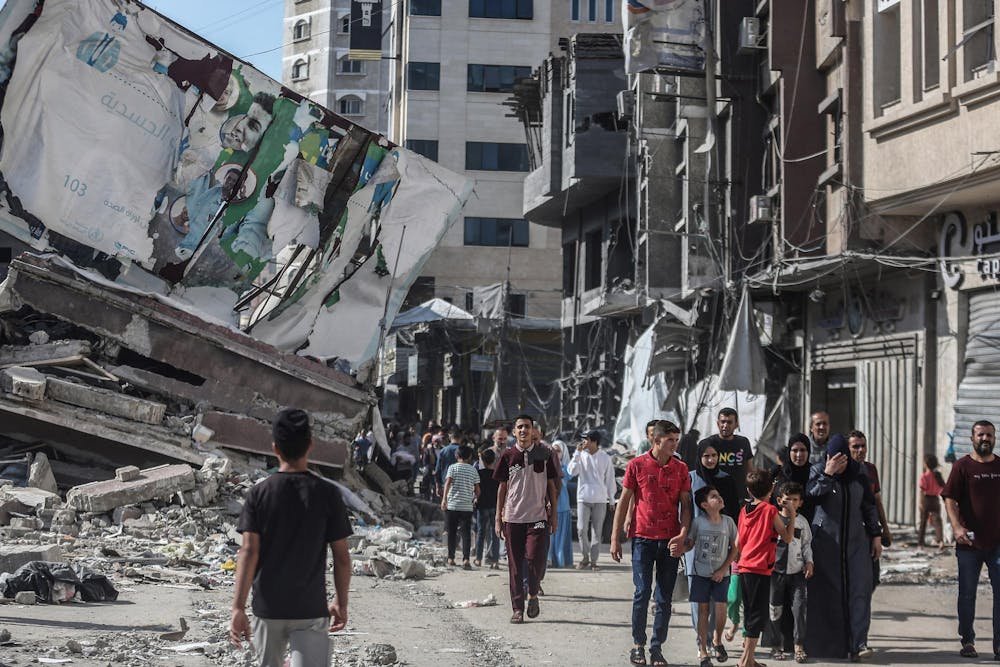Headlines and coverage about the Israel-Hamas war may seem like just another conflict on distant shores, but for students like Eyal Rawitz, ignoring it is not an option.
For Rawitz, a Ball State student-athlete from Tel Aviv, Israel, the conflict and death toll is all too real.
“My entire (social media) feed is mourning,” Rawitz said.
Rawitz said a former teammate of his was killed in combat, Rawitz himself served in the Israeli Defense Forces (IDF) in a non-combat role.
Rawitz, a sophomore and men’s volleyball team member, said his opinion on the war separates Hamas from the people of Gaza and the West Bank.
“I want to make it clear that the enemy is not Muslim, or Palestinian,” Rawtiz said. “It's a small faction that is operating from Palestine and identifies as Muslim, but they do not adhere to the Muslim religion nor to the beliefs of most of the Palestinian people. Most of the people everywhere are peaceful and want peace and have love.”
Other members of the Ball State community see the war as much more than headlines, too.
On Oct. 12, the campus Hillel community hosted a “Prayer Gathering for Israel.” The gathering attracted 28 people who sat in a semi-circle around a collection of tea-light candles. The Mourner’s Kaddish (a prayer for the deceased) was read and several shared their stories and mourned for lives lost in the war.

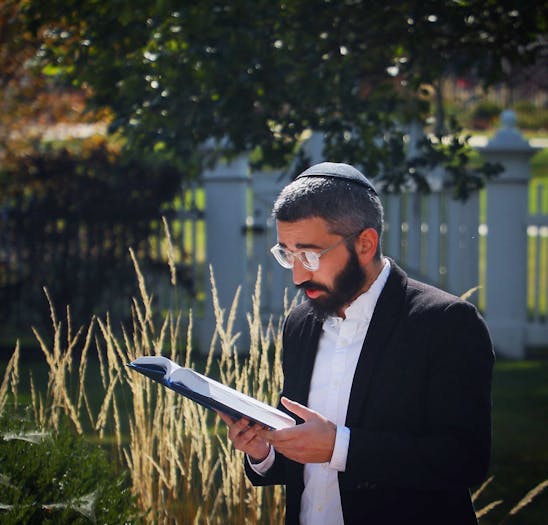
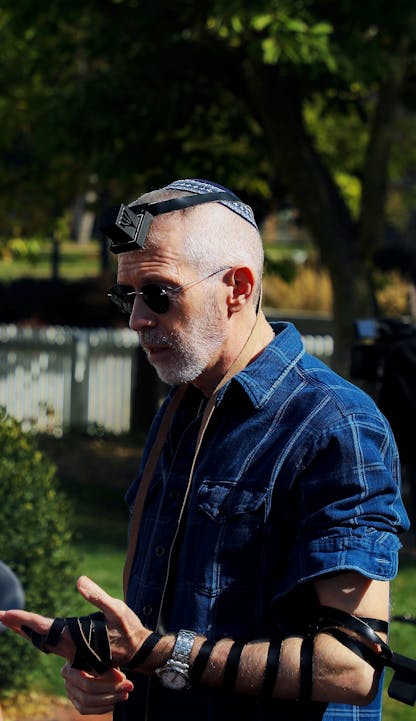
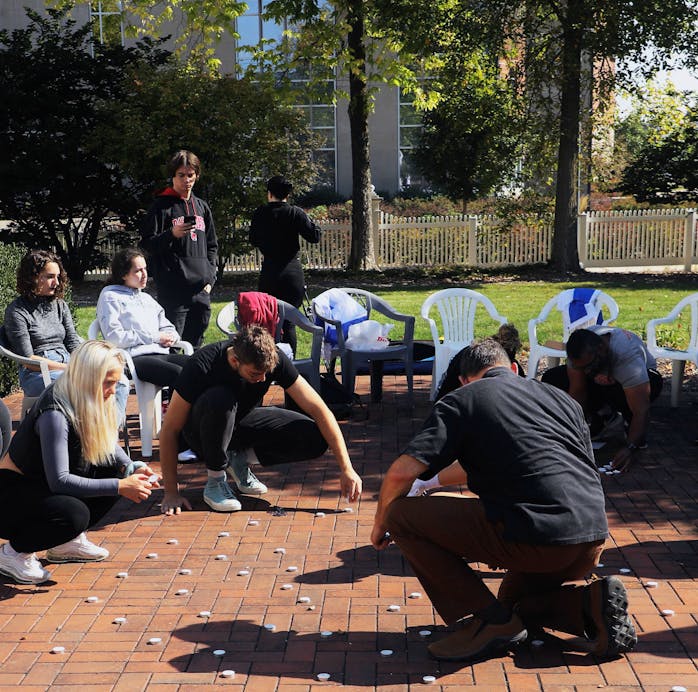
Steven Hall, associate professor of political science and international relations at Ball State, said a major part of the conflict is a perceived right to inhabit historical and ancestral land in present-day Israel, Gaza and the West Bank. Depending on which side is asked, there is a different answer of who belongs where or has a right to what.
“There's huge waves of Jewish migration into the area,” Hall said, following a 1917 political move that attempted to form a ‘Jewish homeland.’ But the move wasn’t welcomed by everyone. “There's anti-semitism and persecution of the Jews historically throughout the world. And so, people say, ‘Oh, we can get away from this and we can go to a Jewish homeland.’”
The region was affected by another ruling in 1947 when the United Nations passed Resolution 181, which divided up the state into portions for Israelis and Palestinians.
“We're going to give this portion of the land as a Jewish homeland, and that's the space we think of as Israel right now. The borders don't exactly line up,” Hall said. “The West Bank [of the Jordan River] and the Gaza Strip, the area that's in the news right now, are gonna be given to the Palestinian population.”
The resulting land divisions were not accepted by the Palestinians, who refused to give up the land they perceived as theirs, Hall said. Not to mention, Gaza and the West Bank are separated by over 20 miles with Israel between them.
“PLO was more secular [and] Hamas has religious commitments,” Hall said. “Hamas is opposed to any form of negotiation [and] opposed to any form of compromise.”
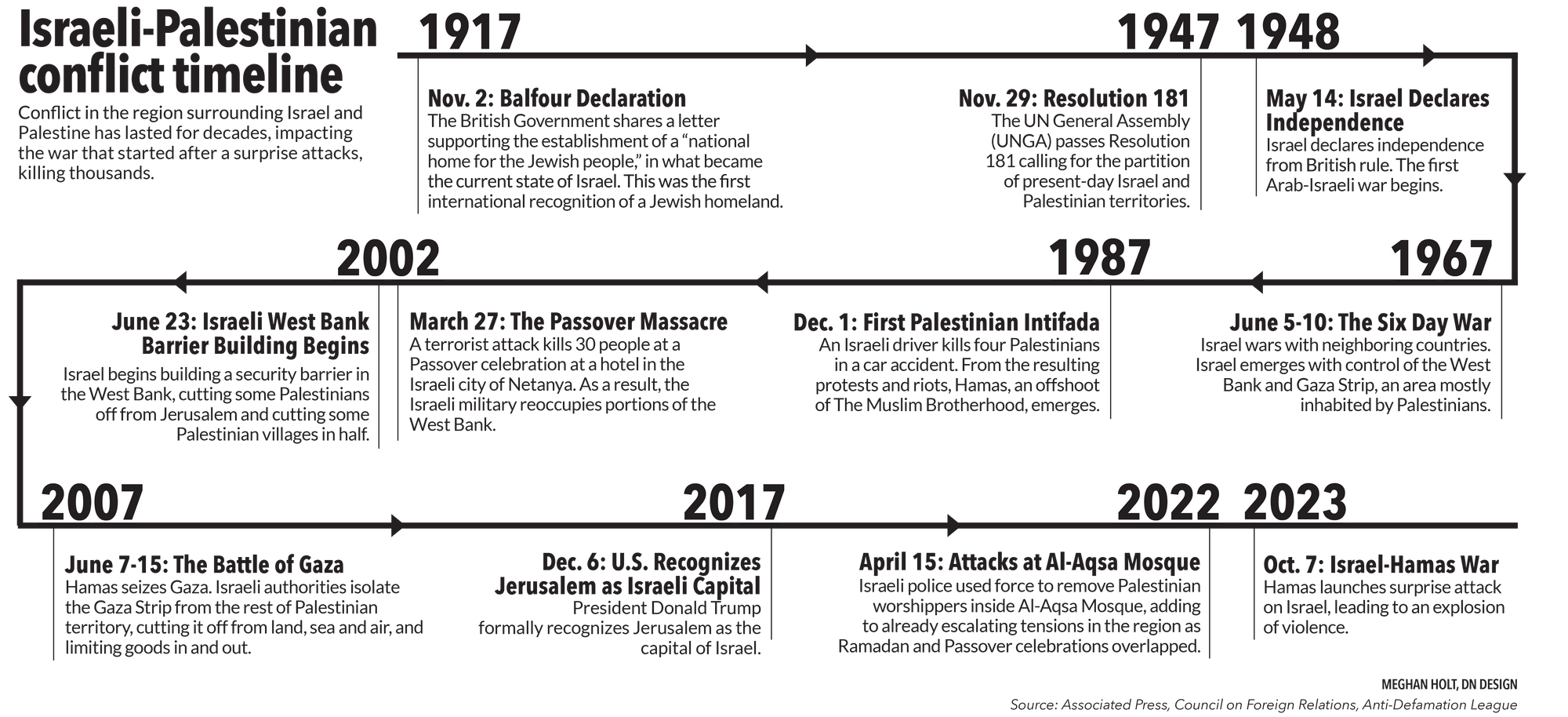
The 2023 attack and response
On the day of the initial attack Oct. 7 by Hamas, rockets were fired before dawn near the Tribe of Nova music festival in Kibbutz Re’im, Israel, just 3.3 miles away from the wall separating Gaza from Israel, according to the Washington Post and Associated Press. The day was also Sukkot, a Jewish holiday.
The attack came as a surprise to the partygoers as Hamas militants with AK-47 assault rifles and rocket-propelled grenades moved onto the site, according to initial reports by the Associated Press.
The death toll of the festival is at least 260 while over 120 people of various nationalities have been taken as hostages according to initial reports by the Associated Press. The attack is believed to be the “worst civilian massacre in Israeli history.”
Recent reports on the death toll place the number at more than 4,000 as of Oct. 18, according to the Associated Press.
The actions of Hamas and Israel’s response have led to outcry and the polarization of the public as protests clash over different sides of the war.
Around the world, the discussion seems to sway back and forth as one side calls for the destruction of Gaza while another says Israel deserved the attack after their treatment of Palestine.
However, the situation is more complex than one side or the other.
“It's possible to have two simultaneous thoughts in your head,” said Mark Goldberg, host of Global Dispatches and editor-in-chief of UN Dispatch. “The Hamas terrorist attacks were horrific, while at the same time, recognizing that the human rights situation in Gaza over the last several years has been appalling. There’s no justifying the murder of all those Israelis. Just similarly, it's very hard to justify rampant human rights abuses that are heaped upon the Palestinians.”
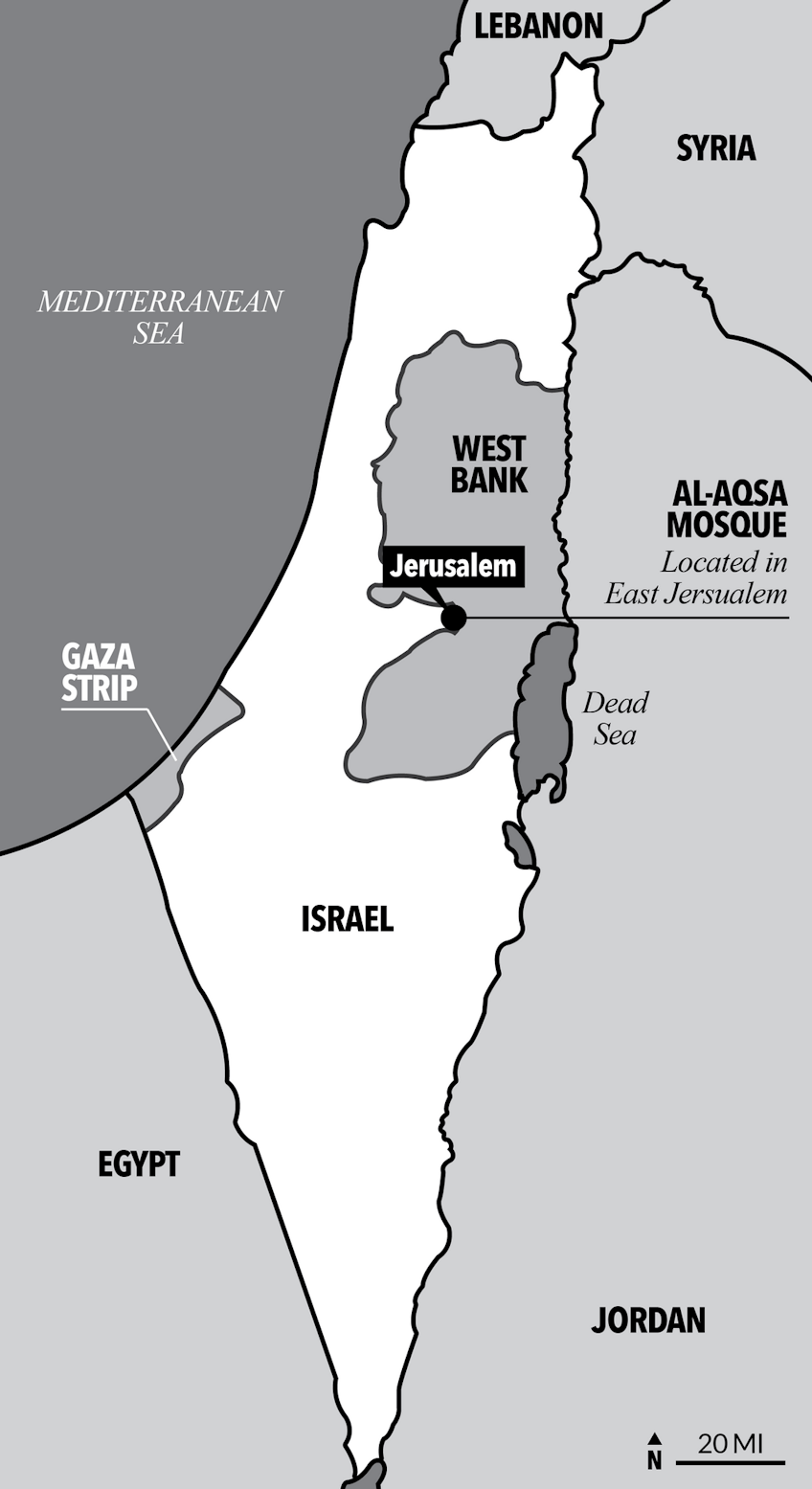
The state of affairs in Gaza
“The Gaza Strip has a wall, literally concrete walls, built by the Israeli government,” Hall said. “It has no airport. It has no sea … It's on the coast right there, but it's patrolled by the Israeli Navy. They don't let anything en route.”
The conditions in Gaza and the internal power struggle of Fatah and Hamas are some of the reasons that could be behind the attack, Hall said.
“It's a place of terrible miserable poverty, unemployment, food insecurity, lack of electricity,” Hall said. “Conditions there are particularly bad, so this might be seen as a means of maintaining their legitimacy with a population by continuing armed struggle against the Israelis.”
According to the Associated Press, an Oct. 17 blast at the al-Ahli hospital killed at least 500 people.
Next Steps
“I think we have an obligation to do the research necessary to fully understand this conflict so that we know what its historical roots are,” Hall said. “You're going to see images of violence in the next couple of weeks, and you're gonna see images of awful outcomes. And if you are inclined to view those from one side of the conflict point of view or the other side of the conflict point of view, you can, but I think it's important to understand the history … and nature of the different side’s claims.”
Contact Abigail Denault with comments at abigail.denault@bsu.edu and Olivia Ground with comments at oliva.ground@bsu.edu or on X at @liv_ground_25.

